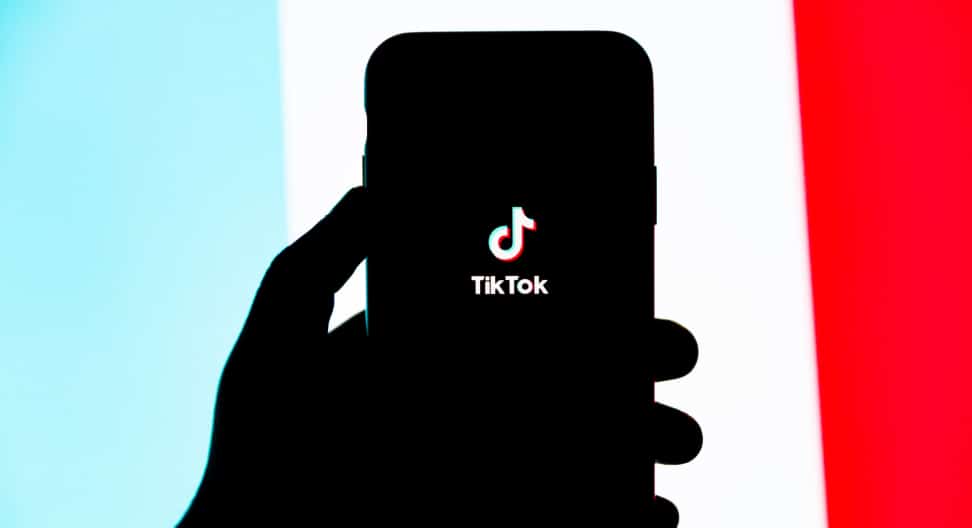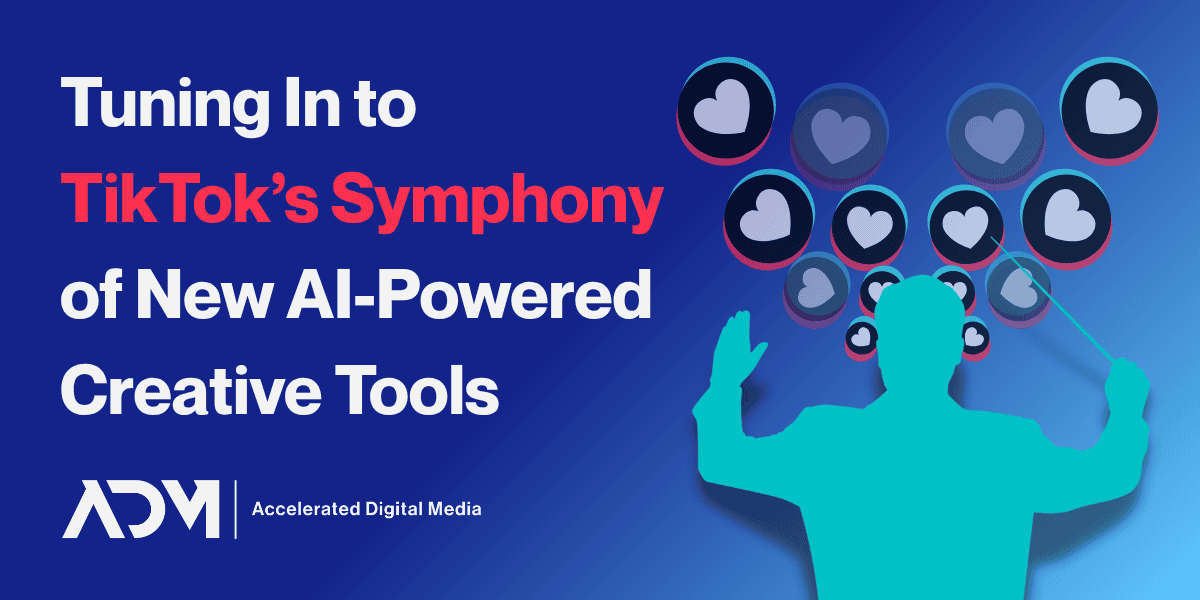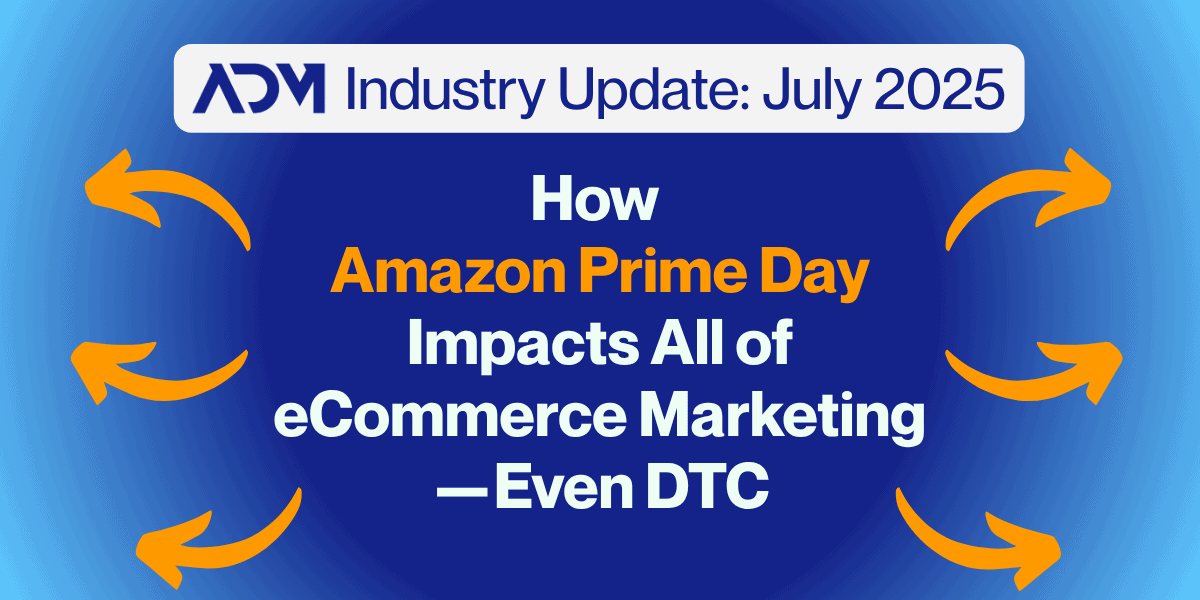TikTok is a platform whose reputation doesn’t fully reflect its value. Believe it or not, users aren’t just going there to see which early 2000’s rap hit has been resurrected into a teenage dance trend. And that offers savvy brands the opportunity to connect with a rapidly growing base —1 billion active users as of Q4 2022 — of digital-first consumers.
The platform only began offering advertising services a few years ago. In that short time, it has put considerable resources into these capabilities. At first blush, it may not seem like a fit for many digital health brands, but, as we’ll detail below, its potential is vast. For medical marketers, it might be time to embrace a TikTok challenge of their own: Finding ways to use this disruptive new platform to create patient acquisition campaigns.
The first step to successfully doing just that is comprehending TikTok’s mechanics and culture. To help you get started, we’ve shored up ten essential facts to know when creating a digital health brand paid social media strategy on this dynamic platform.
1. You May Be Surprised By Who Uses TikTok
It’s a common misconception that TikTok is just for kids. However, 67% of TikTokers today are over 25—meaning most of its user base falls into the potential audience pool for various direct-to-consumer (DTC) health services. DTC health brands should recognize that older adults will continue to join the app as it grows in popularity and provides content that meets their needs.
2. How to Make TikTok’s Algorithm Work For You
Understanding how the platform’s algorithm works gives you a leg up on gaining more exposure, attracting followers, and converting them to your brand. TikTok’s algorithm is a recommendation system that determines what videos each user sees in their “For You Page/FYP” feed. As users interact with the app, TikTok shows them curated content based on videos they’ve engaged with and demographic information they’ve provided, like age, gender, and interests. Using TikTok’s Interest Targeting is a great way to grow your audience, and that’s critical because getting a large enough audience is important to really harness the algorithm’s power.
3. 10 Million is the Magic Number
TikTok lets you target audiences using age, gender, location, interests, and more. You can also create custom and lookalike audiences to reach more people like your existing customers—although health companies must be mindful of the data that goes into those audiences to avoid violating platform privacy policies and laws. Critical mass matters: You’ll want to create audiences with a potential reach of 10 million users to get the most out of your campaigns. And, while targeting certainly helps you reach that magic number, understanding how you can leverage influencer marketing, navigate TikTok’s myriad ad types, and capitalize on creative content creation will accelerate your efforts.
4. Influencer Marketing is Even More Powerful on TikTok
Two thirds of TikTok’s users say they like it when brands partner with TikTok creators and influencers in their videos. Whitelisting allows brands to take over an influencer’s account and post ads from their profile. When an influencer endorses your digital health product or service, it gives your ad more credibility in the eyes of your target audience. Just to emphasize how powerful these partnerships can be, consider that experienced TikTok influencers see engagement rates as high as 17.96% on the platform, compared to just 3.86% on Instagram and 1.63% on YouTube.
You don’t have to chase major influencers, either. Partnering with micro-influencers who strongly connect with your specific target audience or patient populations creates a more cost-effective, targeted outreach.
5. There are 8 Types of TikTok Ads You Can Run
Influencer marketing in TikTok is just the tip of the iceberg when it comes to advertising. You can run eight different ad types in the platform: In-feed ads, image ads, video ads, spark ads, pangle ads, carousel ads, top view ads, branded hashtag challenge ads, and branded effects ads.
Each is essential to creating successful TikTok advertising techniques. This article won’t cover them in detail. You’ll need further study or an experienced agency that knows how to use each unique ad type to enable your brand’s short videos, branded hashtags, and creative filters to integrate into your user’s FYP feed.
6. Make TikToks, Not Ads
The secret to marketing success on TikTok lies in your brand’s ability to make sure your ads don’t look like ads. Users are on the platform to watch videos. 41% of TikTokkers say it’s important to them that any advertising on the platform is entertaining. What’s more, 28% of users who have purchased a product through the platform cite “entertainment” as their top reason for converting on an ad.
Brands thrive on TikTok when their content is whimsical and entertaining. Have fun with your ads and campaigns. TikTok provides a platform where the more interesting and amusing aspects of your business are not only welcomed but are more likely to earn you conversions.
7. Creative Production Doesn’t Have to Break the Bank
Many digital health brands might hesitate to embrace TikTok in their omnichannel social media marketing strategy out of the misconception that they’ll need a substantial creative budget to regularly supply their campaigns with fresh video content. However, unlike Facebook or Instagram, TikTok’s user base largely rejects polished, high-quality content. Rather, the platform is a creative and accessible space. Ditch expensive creative campaigns and embrace videos that feel like a regular user could have made them
8. TikTok Isn’t Just For Brand Awareness
TikTok isn’t just another paid social media play to build brand awareness and gain impressions — though it’s undeniably effective at doing so. The platform also offers a powerful conversion opportunity for new patients and for retargeting those who have already interacted with your brand. Users of the platform come to their feeds expecting to see content from creators they don’t know. That mindset lowers patients’ barriers toward ads.
This differs from platforms like Meta, where one expects to see content from friends and family in their feeds, so unknown advertisers must tread more carefully to avoid seeming intrusive. For DTC digital health brands with a strong product focus and product purchase funnel, TikTok’s Catalog Listing Ads promise high conversion rates as patients can purchase your products directly from the ad without ever leaving the TikTok app.
9. You Must Commit to TikTok’s Learning Phase
TikTok’s algorithm learning time is not short. It takes 50 conversions on your ads to train the system to help better deliver them to the right audience. 50 conversions can happen in one day or in many days. There are many variables influencing how quickly you can graduate from the platform’s learning phase. Two factors include how much ad spend you dedicate to the platform and how efficiently you use that spend. Working with an experienced DTC digital health agency on TikTok campaigns can help you close the learning phase gap more quickly.
10. Abide By Regulations and Think Outside the Box
As a DTC digital health brand, you already know a thing or two about all the regulations around health and wellness marketing. You must still abide by these laws when advertising on TikTok, but the casual and playful nature of the platform opens up space to be creative while remaining compliant. Participating in TikTok trends and challenges is one way to align with regulation constraints while still engaging your audience. For example, if your brand offers birth control and sexual health products delivered to patients’ doors, you can’t legally target hashtags like #emergencycontraception or #stitesting on TikTok. You’ll need to be more creative to reach your relevant audience. You can target female users and leverage #unboxing, one of the trendiest types of videos on TikTok today. Your ad might show a young woman finding the package from your company right at her door and include audio or her narrating how discreet the packaging is as she opens it to reveal your product in a selfie-style video that replicates the trend of TikTokker’s #unboxing new clothes or sneakers.
The Bottom Line
TikTok is still a relatively new platform, especially in the digital health business. As such, it’s not nearly as saturated as Facebook, Instagram, or YouTube. With the right vision and a unique paid social media strategy tailored to your brand, there’s no limit to what you might achieve.
For DTC health companies looking to connect with younger audiences, and who are savvy enough to also know the migration of older patients is well underway, advertising on TikTok is key. And early adopters can now capture the advantage of a head start to outrun their competitors.




